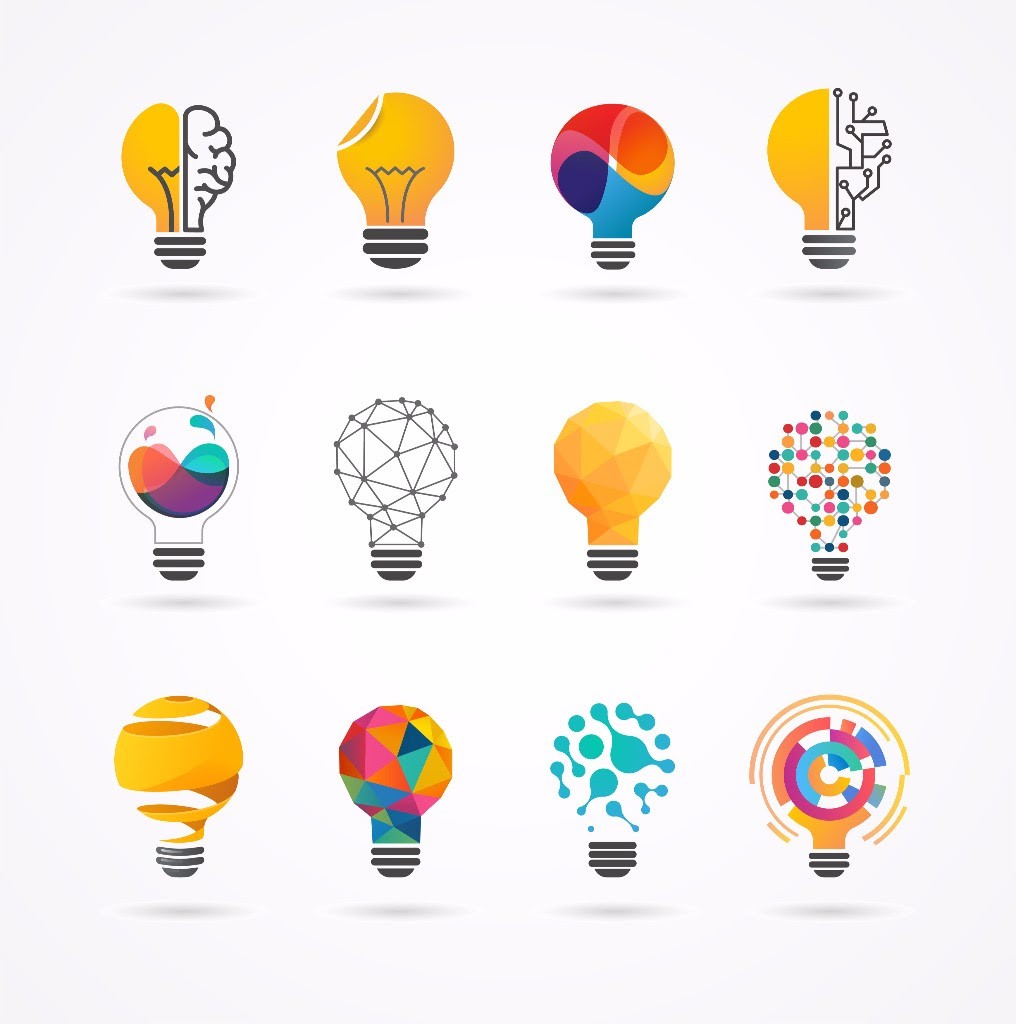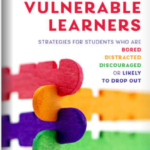![]() By Suzy Pepper Rollins
By Suzy Pepper Rollins
School hallways have been still for weeks. Normally bustling cafeterias, sports fields, and playgrounds prolongingly silent. But most importantly, classrooms have been empty. No science labs, no sharing of writing, no dissecting of poetry with an elbow partner, and no exploratory math stations. No nods of approval by teachers or laughter at humorous sections of a novel. No leaning over to a classmate’s desk for assurance on a tough math problem.
What will the learning toll be on millions of students whose educational experiences were abruptly switched to remote, often online, learning? Some learners may have barely skipped an academic beat and will return to school ready to move on. Others may have experienced daily frustrations. And many will fall somewhere in between.
Which students typically do well with distance learning? An interesting New York Times summary (2018) by education professor Susan Dynarski confirmed what many educators might expect: Academically challenged students often do not fare well with online, self-taught learning. Even when the work was completed and the test taken, much of the information was not retained. High achieving students, on the other hand, often perform just as well teaching themselves, especially in subjects they are already good at, often math. * There is no substitute for an effective teacher, especially for students experiencing academic challenges.
But for all learners, brains retain information and concepts when certain instructional conditions are present. For example, learners remember at higher levels when:
• Parts are connected to the whole (see standards walls on slide show here)
• Learning objectives connect to prior knowledge
• Multiple channels are accessed (touching, lab experiences, talking to a partner…)
• Learning is personally relevant (choice boards, multiple writing prompts)
• Novelty exists
• Practice occurs over time in diverse ways (as opposed to “drill and kill”)
• Cooperative learning exists
• Pictures are created (especially for vocabulary)
• Ongoing feedback occurs
In light of the above list, instructional conditions that enhance memory are challenging to duplicate in remote settings. Quite obviously, lab experiences, station teaching, and cooperative learning situations have likely been absent.
Therefore, two factors have perhaps accelerated gaps while they have been learning remotely: the absence of dynamic instructional practices proven to yield high levels of retention plus the obvious differences in our learners’ needs. Again, some students may arrive sans gaps, ready to go.
A Tactical Plan for Catching Students Up
Even in normal times, learners have gaps. But these are exceptional times for students. There might be an intuitive tendency to reteach a laundry list of everything we assume everyone missed. But learning out of context is difficult – students do better when skills are applied, not learned in isolation. Plus, all that backwards movement can send students, well, backwards. And those without gaps should not endure remediating gaps they do not possess.
For your consideration, here is the tactical process I utilize when planning for gaps. This plan is not whole-scale remediation, in which students go backwards out of context. In this plan, remediation is strategically forward moving. Students are applying the skills in the context of new learning, which enhances retention.
1. As a team, create visuals of the first one or two units of each subject (See examples on slides.)
2. Step back and create a list of the most urgent prerequisite skills just for these units. These might include adding fractions, integer rules, or comma rules.
3. Create scaffolding devices for just these prerequisite skills they will need now. (Avoid an entire laundry list of deficits.) Scaffolding devices might include bookmarks, steps, or foldables. (See examples on slides here.)
4. For some students, the scaffolding devices may be enough. Other students may require additional practice for the missing pieces. Consider when this “Just in Time” remediation might occur. Ideas might include stations, choice boards, tutoring, push-in support, or additional support classes. Consider an acceleration time in which some students get a head start for class.
5. Create a plan for students who arrive without missing pieces. What enrichment can be offered?
This forward-moving plan enables students to learn new concepts by closing just the most critical gaps needed for current learning targets. This strategic approach can genuinely welcome students back to school and build new successes. An approach in which deficits are relentlessly revisited can add to student frustration and create a burgeoning sense of futility.
Soon, the busses will roll and the lights will again shine through our school buildings. The playgrounds and fields will resound with the laughter of our students. The decision is ours: do we focus on the academic pieces they may have missed? Or, do we begin the joy of learning something new, while tactically plugging just the pieces most essential to learning?
Suzy Pepper Rollins is the author of the new book Teaching Vulnerable Learners (WW Norton) and two prior books from ASCD. To preorder the book, click here. She can be reached at www.SuzyPepperRollins.com.
*Dynarski, S. (2018, January 19). Online courses are harming the students who need the most help. New York Times. Retrieved from https://www .nytimes .com/2018/01/19/business/online -courses -are -harming -the-students -who -need -the -most -help .html











